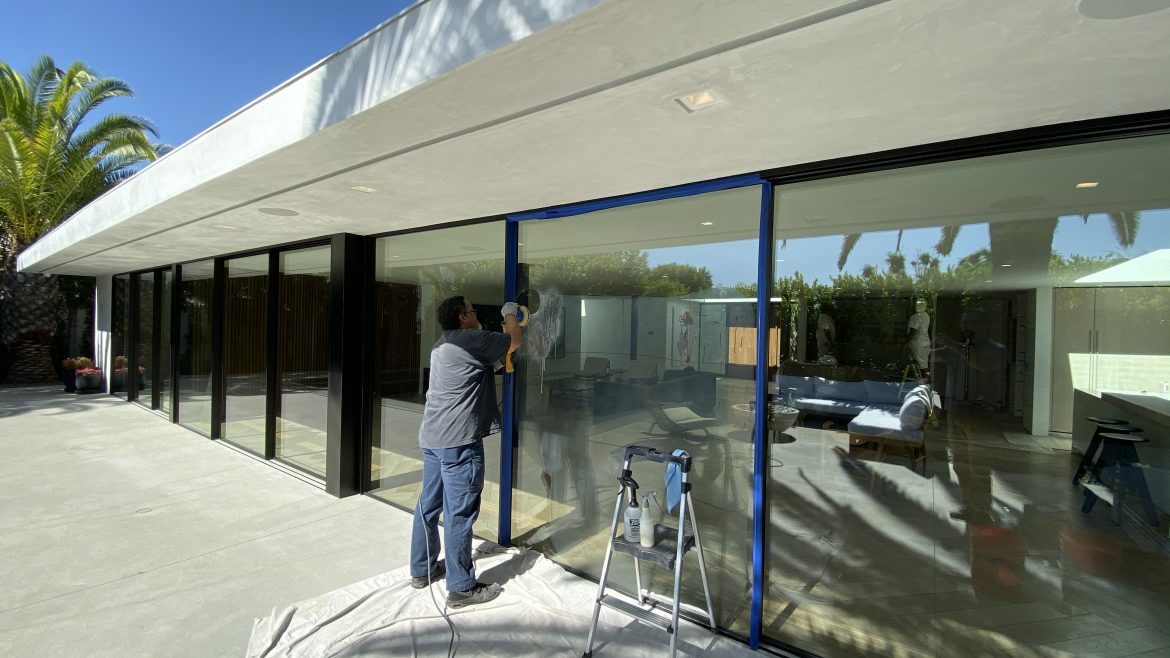How to Remove Scratches from Glass
Many of you want to know how to remove scratches from glass and gemstones, and we frequently get requests for a glass scratch remover. Continue reading to learn about a few methods for removing scratches from glass.
Please be aware that the methods and tools suggested in this article do not work for windshield or tempered glass scratch repair. These must be replaced or given professional guidance since the glass may break or obstruct the vision (as in the case of a windshield)
Option 1: Diamond Polishing Paste
Our favorite technique for eliminating scratches is diamond paste, which is a great abrasive. If properly applied, diamond polishing paste will restore your material’s surface to its initial condition.
Microns () are used to measure diamond paste.
What grade of paste to use will depend on how deep the scratch is. For example, a particularly deep scratch requires a coarser paste to start, followed by finer pastes, until the appropriate surface smoothness is reached.
A few different grades should ideally be available in your workshop so you may start by removing the mark with the coarser one, such as a 6 micron grade, and then fine polish the scratch back to its previous state with a 3 micron or 1 micron grade.
It will take a lot longer to perform its magic if you only use one grade of paste, let’s say a 1 micron, but if your scratch is particularly deep it will ultimately be eliminated if you have patience.
Option 2: Cerium oxide
Cerium oxide glass polish is a powder that must be made into a paste by combining it with warm water.
Diamond paste must be used in place of mineral powder if your scratch or mark can be felt with your fingernail since the mineral powder is meant for markings, imperfections, and brilliant cleaning of glass surfaces.
Option 3: EVE Diapol Diamond Polishers
These durable, mess-free diamond polishers may be used in three steps to quickly produce a high-quality surface.
There are 3 colors/grades available:
- Green: Medium-sized shaping, reducing, and eliminating (about 35 microns).
- Gray: Pre-polish and smoothing (Fine), about 4 to 8 microns
- Pink: High Lustre polishing (Extra Fine), 1-2 microns, approximately.
Use the 3mm Pin Mandrel with the Pointed Pin form and the required screw mandrel with your wheel and knife edge polishers. They are intended to be used with these precisely. The polisher might fracture or fly off when using different mandrels. Use at the suggested 7,000–10,000 RPM speed range.
Option 4: Mini Rubber Silicone Polishers
Use a rubber silicone polisher mounted on a mandrel attached to your Dremel or other rotary hand drill as a second option. You should only use these polishers on extremely light markings since they will remove material. As we previously stated, diamond paste must be used in its place if the scratch or mark can be felt with the fingernail.
Conclusion
So these were some of the options to remove scratches from glass. You may have heard that another solution for removing scratches in glass is toothpaste. However, toothpaste is a remarkably mild abrasive that is better reserved for teeth as it will only cover the scratch mark. You can get in touch with Glass Polish Service for all your glass polishing needs.

